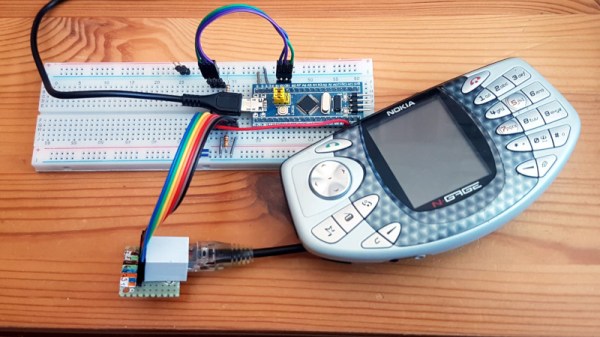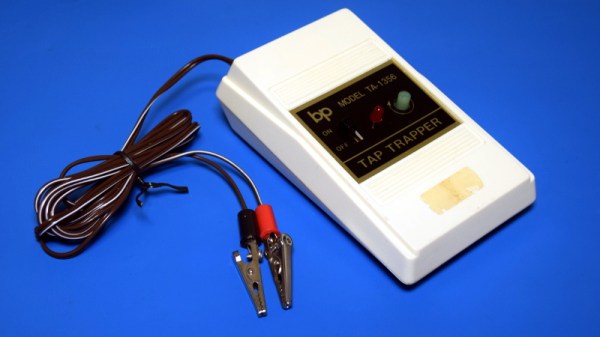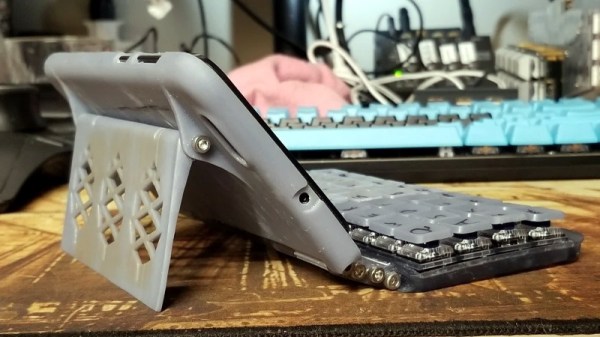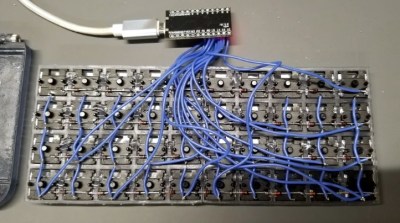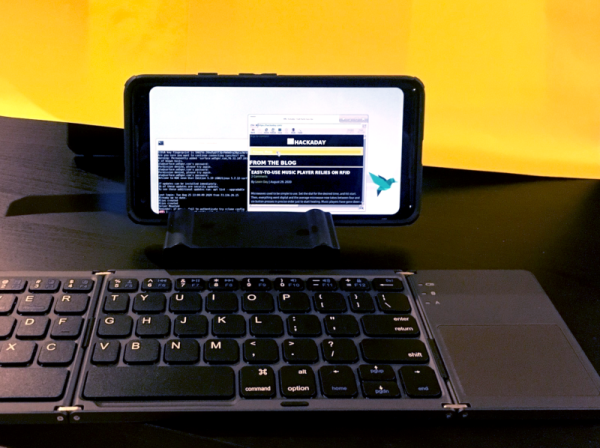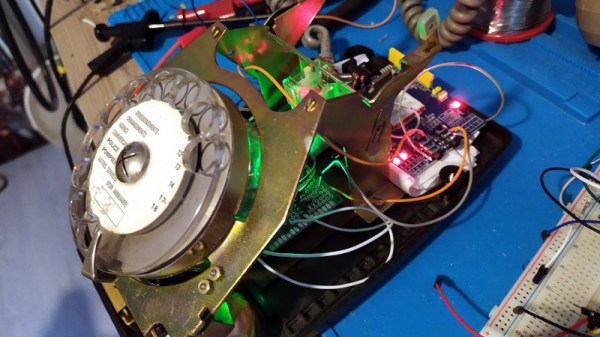Today the Nokia brand can be found on a range of well-screwed-together Androind phones and a few feature phones, but as older readers will remember that before their descent into corporate chaos and the Windows Phone wilderness, there was once a time when the Finnish manufacturer dominated the mobile phone landscape and produced some of the most innovative and creative handset designs ever created. It’s for some of these that [Michael Fitzmayer] has done some work providing tools revive the devices from an unfortunate bricking.
The N-Gage was the phone giant’s attempt to produce a handset that doubled as a handheld game console, and though it was a commercial failure at the time it has retained a following among enthusiasts. The flaw comes as its Symbian operating system fills its user partition, at which point the infamous “White Screen Of Death” occurs as the device can no longer reboot. Rewriting the flash chip used to be handled by Nokia service tools, but these can no longer be found. His fix substitutes a “Blue pill” STMF103-based dev board that connects to the Nokia FBus serial port and does its job. It’s possible that it could be used on other Symbian devices, but for now it’s only been tested on the N-Gages.
It’s easy to forget when a smartphone is defined by iOS and Android, that Symbian gave us a smartphone experience for the previous decade. For those of us who still pine for their miniaturised Carl Zeiss Tessar cameras and candybar form factors, it’s good to see them receiving some love.
Thanks [Razvan] for the tip.

